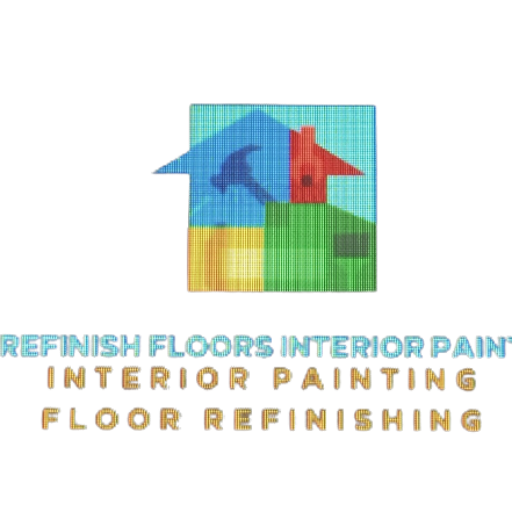When it comes to estimating interior painting expenses, taking a professional approach is essential. Whether you are a homeowner looking to renovate your space or a professional painter seeking to provide accurate quotes to clients, understanding the factors that contribute to the cost of interior painting is crucial. In this article, we will explore various aspects of estimating interior painting expenses in a professional manner.
Understanding the Scope of the Project
Before estimating the expenses of an interior painting project, it is important to understand the scope of the work involved. Factors such as the size of the area to be painted, the number of rooms, the height of the walls, and the complexity of the surfaces will play a significant role in determining the overall cost.
Additionally, it is important to consider any additional services that may be required, such as wall preparation, surface repairs, or wallpaper removal. Taking the time to assess the scope of the project will help ensure that your estimate accurately reflects the work that needs to be done.
Evaluating the Surface Conditions
The condition of the surfaces to be painted will also impact the cost estimation process. Before providing a quote, it is essential to evaluate the condition of the walls, ceilings, and any other surfaces that require painting.
If the surfaces are in good condition, with minimal repairs or preparation needed, the cost estimate may be lower. However, if there are significant imperfections, water damage, or peeling paint, additional time and materials will be required to achieve a high-quality finish. Assessing the surface conditions thoroughly allows for more accurate estimations and helps set realistic expectations for both the client and the painter.
Choosing the Right Paint and Materials
When estimating interior painting expenses, it is important to consider the cost of paint and materials. The type and quality of paint chosen can vary significantly in price, and different paint finishes may also impact the overall cost. Additionally, factors such as the number of coats required and the amount of materials needed for surface preparation should be taken into account.
By selecting high-quality paint and materials that are suitable for the specific project requirements, the final result will not only look better but also last longer. As a professional, it is imperative to choose products that deliver excellent performance and durability, even if they may have a higher upfront cost.
Calculating Labor and Time
The labor required for an interior painting project is a significant expense to consider. Estimating the number of hours required to complete the job accurately is key to providing an accurate quote.
Factors that affect labor costs include the size of the area, the height of the walls, the number of coats needed, and any additional services required. It is important to remember that reaching high or hard-to-reach areas may require additional tools or equipment, which can impact the overall cost.
Furthermore, estimating the time required to complete the project allows for proper scheduling and efficient allocation of resources. It is advisable to allocate ample time for surface preparation, painting, and drying to ensure a professional finish.
Considering Additional Expenses
Aside from the direct expenses related to paint, materials, and labor, there may be additional costs associated with an interior painting project. These expenses can include permits or licenses, scaffolding or specialized equipment rentals, disposal of paint waste, and travel expenses if the project is located far from the painter’s base of operations.
It is essential to take these expenses into account when estimating the overall cost of the project. By considering all potential expenses, the final quote will more accurately reflect the total investment required to complete the interior painting work.
Providing a Detailed and Transparent Quote
When providing an estimate for an interior painting project, it is crucial to be transparent and detailed in your quote. Clearly outline all the elements that contribute to the cost, including labor, materials, additional services, and any potential additional expenses.
Ensure that your quote is easy to understand and includes a breakdown of costs. This will allow both you and your client to have a clear understanding of the investment required for the project. Providing a detailed and transparent quote will help build trust with your clients and ensure that there are no misunderstandings or surprises regarding the final cost.
Conclusion
Estimating interior painting expenses in a professional manner involves considering various factors, such as the scope of the project, surface conditions, paint and material choices, labor and time requirements, additional expenses, and providing a detailed quote. By taking a methodical and comprehensive approach, you can provide accurate estimates that align with industry standards and client expectations. Remember, a well-estimated project not only ensures financial profitability but also contributes to customer satisfaction and a successful outcome.
a1refinishfloorspaintings.com

